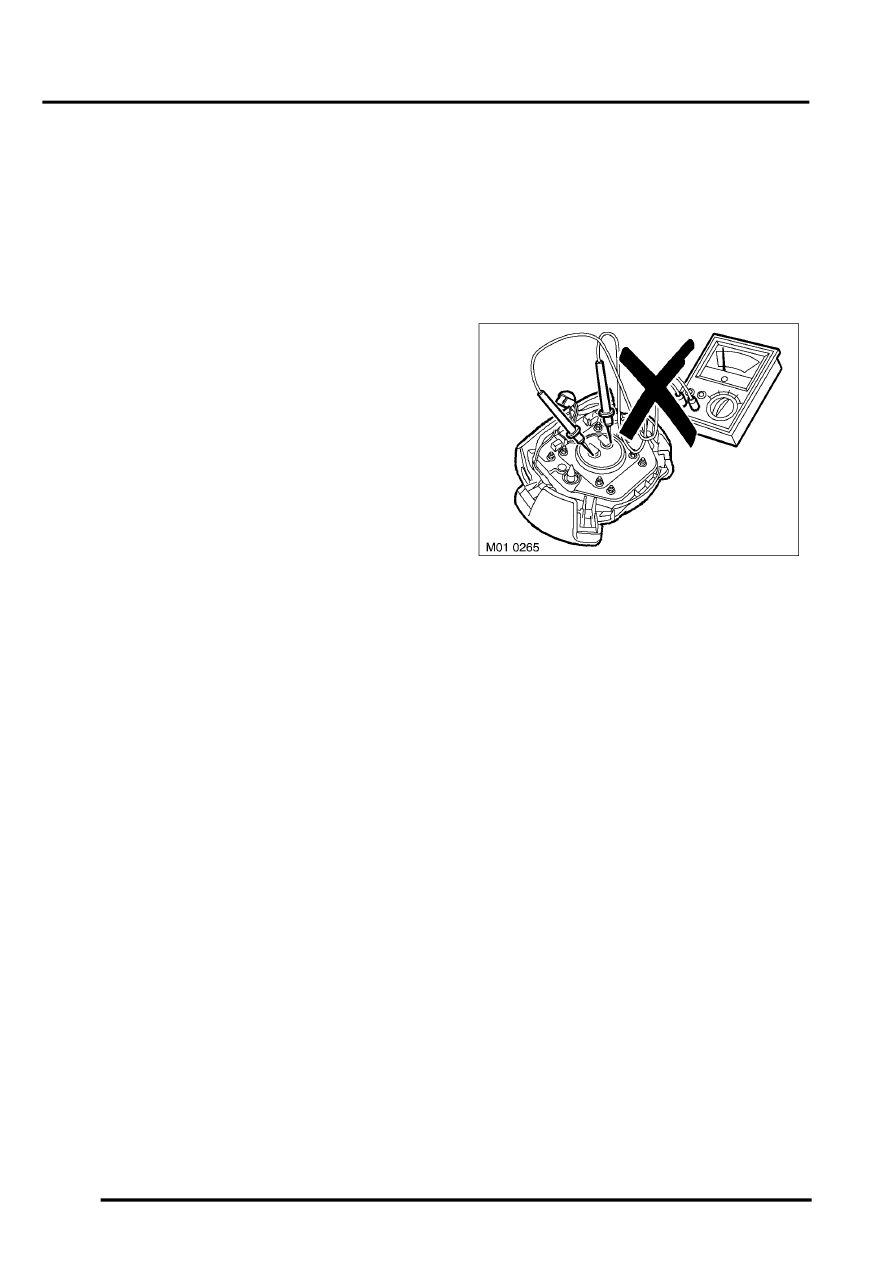L322 Range Rover Service Procedures

GENERAL INFORMATION
03-22
Installation
In order to ensure system integrity, it is essential that
the SRS system is regularly checked and maintained
so that it is ready for effective operation in the event
of a collision. Carefully inspect SRS components
before installation. Do not install a part that shows
signs of being dropped or improperly handled, such
as dents, cracks or deformation.
WARNING: The integrity of the SRS systems is
critical for safety reasons. Ensure the following
precautions are always adhered to.
WARNING: Do not fit accessories or other
objects to trim panels (e.g. 'A' Post) which cover
ITS airbags.
l
Never install used SRS components from
another vehicle or attempt to repair an SRS
component.
l
When repairing an SRS system, only use
genuine new parts.
l
Never apply electrical power to an SRS
component unless instructed to do so as part of
an approved test procedure.
l
Special fixings are necessary for installing an
airbag module – do not use other fixings and
ensure that all fixings are tightened to the
correct torque.
l
Always use new fixings when replacing an SRS
component.
l
Ensure the SRS diagnostic control unit (DCU) is
correctly installed. There must not be any gap
between the DCU and the bracket to which it is
mounted. An incorrectly mounted DCU could
cause the system to malfunction.
CAUTION: When fitting an head airbag module,
ensure the securing clips are locked and do not
trap the airbag. Take care not to trap the head
airbag when fitting interior trim components e.g.
'A' post trim, headlining.
CAUTION: Ensure SRS components are not
contaminated with oil, grease, detergent or
water.
CAUTION: Torque wrenches should be checked
regularly to ensure that all fixings are tightened
to the correct torque.
Note: Following seat belt pre-tensioner deployment,
the seat belts can still be used as conventional seat
belts, but will need to be replaced as soon as
possible to establish full SRS protection.
Note: If the SRS components are to be replaced, the
part number/bar code of the new unit must be
recorded.
SRS component testing precautions
The SRS components are triggered using relatively
low operating currents, always adhere to the
following precautions:
WARNING: Do not use a multimeter or other
general purpose test equipment on SRS system
components or accidental deployment may
occur. Use only Testbook/T4 to diagnose system
faults.
WARNING: Do not use electrical test equipment
on the SRS harness while it is connected to any
of the SRS system components, it may cause
accidental deployment and personal injury.
Handling and storage
Observe the following precautions when handling
SRS components.
WARNING: There are regulations for the storage
of SRS components which must be observed,
consult your local authority for details. The SRS
components are sensitive and potentially
hazardous if not handled correctly; always
comply with the following handling precautions:
